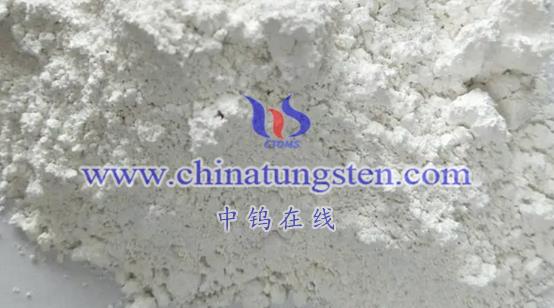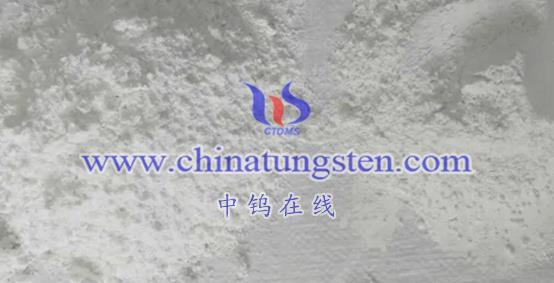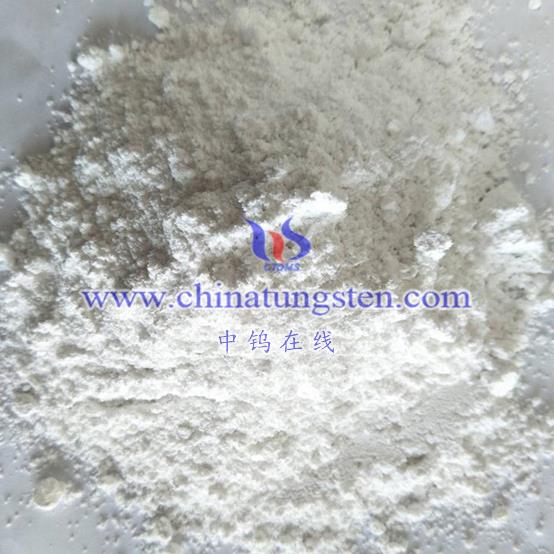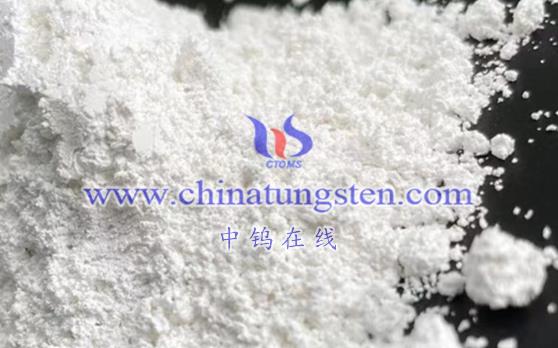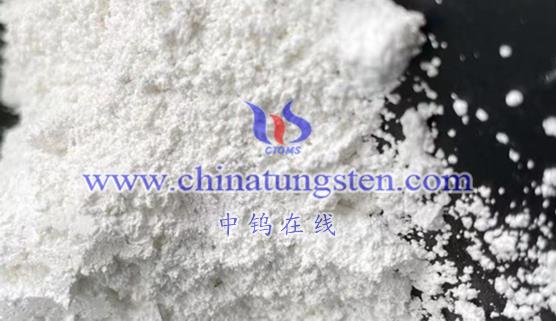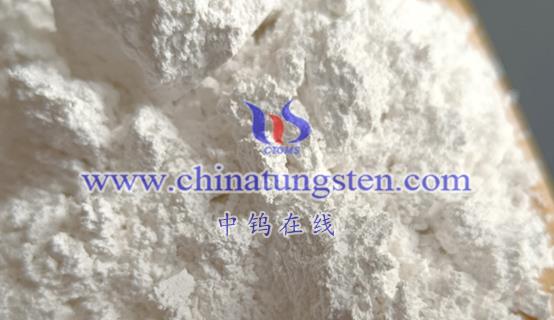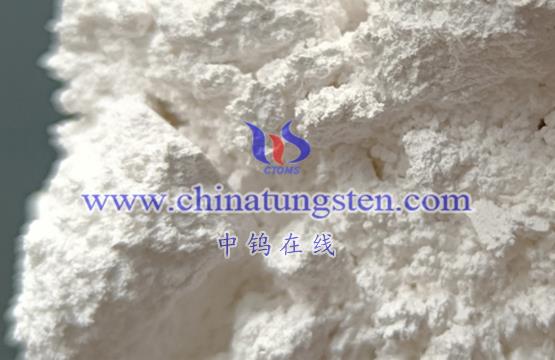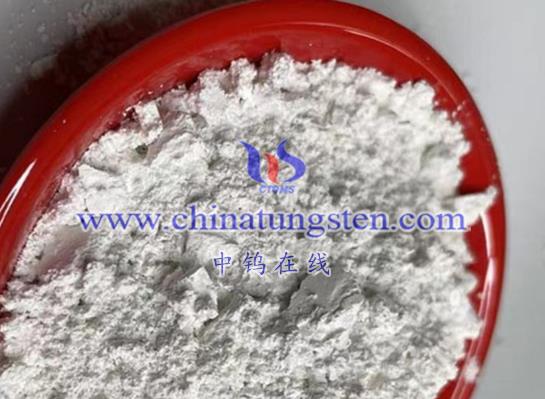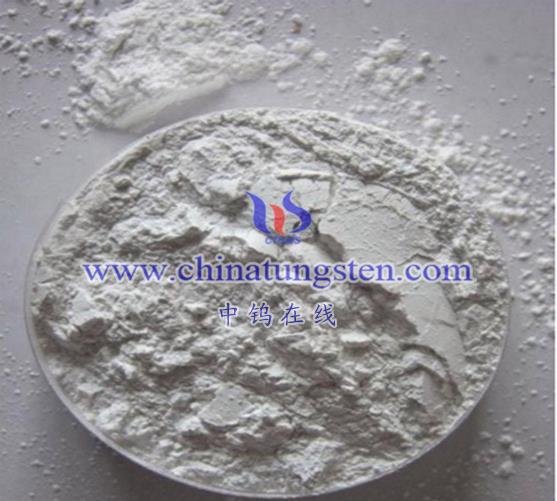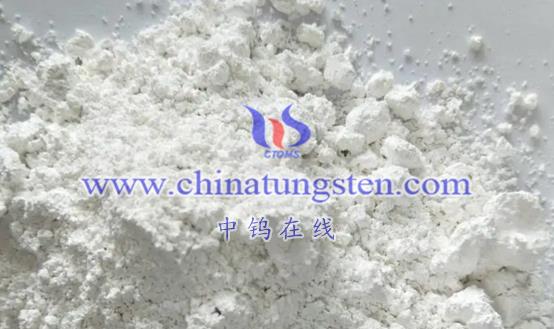
The stability of ammonium metatungstate dispersion is tested by various methods, the following are some common test methods:
- Determination of physical and chemical properties
Determination of pH value
Use pH meter to determine the pH value of dispersion. The pH value of ammonium metatungstate has a significant effect on its stability, so the stability of pH value is one of the important indexes to evaluate the stability of dispersion. By regularly monitoring the change of pH value, we can know whether the dispersion is maintained in a stable state.
Viscosity Measurement
The viscosity of the dispersion is measured by a viscometer. Changes in viscosity can reflect the strength of inter-particle interactions in the dispersion and thus affect its stability. If there is a significant change in viscosity, it may mean that the particles in the dispersion have aggregated or that the state of dispersion has changed.
Particle size distribution analysis
The particle size distribution of the particles in the dispersion is determined using a particle size analyzer (e.g. laser particle sizer). Changes in particle size distribution can reveal aggregation or dispersion of particles and thus assess the stability of the dispersion. Stable dispersions usually have a narrow range of particle size distributions.
Long-term storage test
Storage condition control
Place the ammonium metatungstate dispersion under preset storage conditions (e.g., temperature, humidity, light, etc.) and conduct regular observations and tests. These conditions should be as close as possible to the actual use or storage environment to ensure the reliability of the test results.
Periodic testing
During storage, the physicochemical properties of the dispersion (e.g. pH, viscosity, particle size distribution, etc.) as well as the presence of phenomena such as sedimentation are regularly tested. The long-term stability of the dispersion can be evaluated by comparing the test results under different storage times.
Accelerated aging test
Accelerated aging test
Accelerate the aging process of dispersions by increasing the temperature, humidity and other conditions, in order to observe the change of its stability in a short period of time. This method can shorten the evaluation period, but need to pay attention to control the experimental conditions to avoid the introduction of other interfering factors. The results of the accelerated aging test can be used to predict the stability performance of the dispersion under actual storage and use conditions.
Other methods
Microscopic observation
Use microscope to observe the morphology and distribution of particles in the dispersion to assess its dispersion and stability.
Spectral analysis
Such as ultraviolet-visible spectroscopy, infrared spectroscopy, etc., can be used to analyze the changes in the chemical structure and properties of the components in the dispersion to assess its stability.
It should be noted that different test methods may be suitable for different assessment purposes and conditions. Therefore, when selecting test methods, comprehensive consideration and selection are needed according to specific conditions. Meanwhile, in order to ensure the accuracy and reliability of the test results, it is recommended to follow the relevant standards and specifications for operation, and to use highly authoritative test equipment and instruments as far as possible.
More details of ammonium metatungstate product, please visit website: http://ammonium-metatungstate.com/
Please contact CHINATUNGSTEN for inquiry and order of ammonium metatungstate:
Email: sales@chinatungsten.com
Tel.: 86 592 5129595
